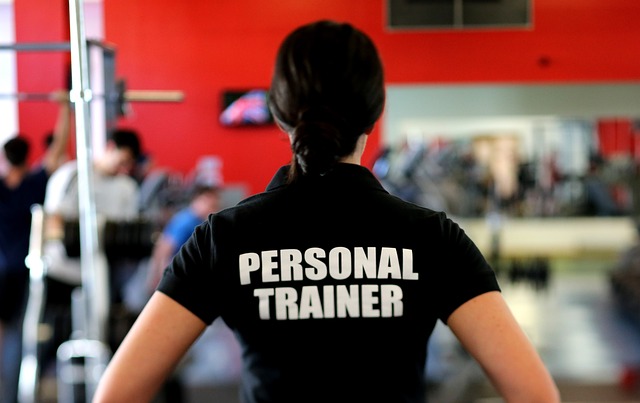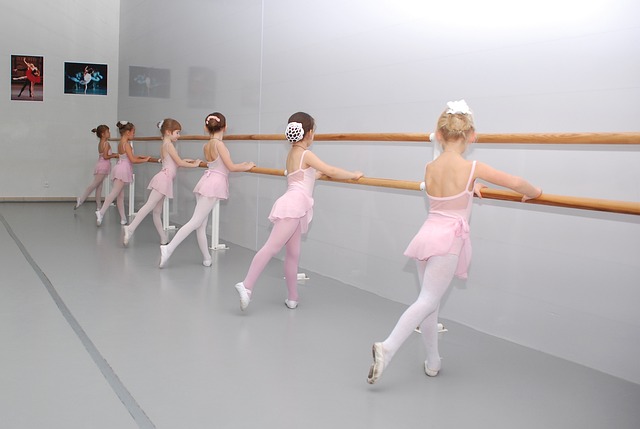Functional fitness activities are essential for long-term fitness, weight control, and overall well-being. These well-planned activities will not leave you sweating and out of breath, but they will help you burn more calories and stay active throughout the day.
So, how do you benefit from functional training? Initially, it’s critical to grasp what this form of training entails and the benefits it offers.
Daily Functional Moves
Every day, our bodies go through a multitude of motions while we perform normal chores, such as:
- Lifting: Laundry basket, grocery bags, children, etc.
- Reaching and Pulling: Opening the refrigerator or clothes dryer, putting dishes away, or picking things up from the floor
- Power: Getting up from a chair, moving upstairs, or walking up a hill all
- Balancing: include walking, carrying many bags of goods while climbing stairs, and carrying a baby while preparing a meal.
Many of the tasks we perform necessitate a combination of several forms of movement, which is also part of what “functional” means: A functional workout or motion requires coordination with many body components and/or movement types (such as stability and strength).
What Is the Definition of a Functional Fitness Workout?
To develop your muscles, you utilize your own body weight, dumbbells, or other resistance equipment during a functional fitness session. But, this is not the same as a regular weightlifting program.
Functional training is a workout for both the muscles and the mind for many exercisers. It enhances the way your brain communicates with your muscles, allowing your body to function more efficiently. To keep balanced and maintain proper posture, you must concentrate on the movement during each functional training exercise.
You may add functional training to your normal workout routine in a variety of ways. You can incorporate a few balance and posture exercises into your weekly strength training sessions, or you can work with a competent trainer to develop a more thorough program to enhance your body’s appearance and feel.
A typical functional workout session may include 5 to 10 distinct exercises that assist in improving the way your muscles operate together and make you feel more coordinated.
Advantages of Functional Training
Functional training allows your body to move more freely. Without exercising, bodies that move freely are more likely to burn more calories. Yet, functional training can improve the effectiveness of your other routines. This advantage is critical for persons who are trying to lose weight or their weight under control.
“Before beginning any exercise program, it is critical to identify areas of weakness or limits in range of motion that may impact your performance.” “According to Jason Corrie. Jason is a qualified personal trainer who works with clients all around the world to help them achieve leaner, stronger bodies. He discusses why every weight reduction client’s fitness program should begin with a functional examination.

“When trying to lose weight, functional training can have a huge influence.” “he claims. When your body is in good working order, it burns calories more efficiently. You lose weight faster when your body burns more calories from daily activities and while exercising.
Functional workouts aid in the improvement of balance, posture, muscular endurance, and flexibility.
Activities for Functional Training to keep your weight under control
Start with a few simple actions if you want to integrate functional training exercises into your program. When performing any functional fitness routine, it is critical to focus on performing the exercises correctly rather than performing them with greater weight or repetitions.
Dead Bug: If you’re just starting out, this exercise (done supine, on your back) will assist in preparing your abdominals for more challenging exercises.
Shoulder Flexion: This basic shoulder exercise is ideal for anyone looking to enhance their posture and upper back flexibility.
Plank: This intermediate-level exercise improves core stability, which leads to better posture and coordination.
Single-Leg Stand: This fundamental exercise improves balance and core strength. Add arm movements to push yourself as you improve your coordination.
Single-Leg Squat: Once you’ve mastered the single-leg stand, add movement by lifting and lowering your body into a squat position.
Lunge: To begin, start in the lunge stance and just lift and lower your body while keeping a good balance. Increase your movement as you gain strength. Take a step forward, backward, or to the side. Make a walking lunge to increase strength, coordination, and muscle endurance.
Push-ups: Begin with wall push-ups and work your way up to putting your hands on the kitchen counter. While waiting for the microwave to finish, do five or six. This exercise will strengthen your chest, arms, abs, and back.
Weight-Lifting Without Exercising: Squaring your feet shoulder-width apart, stooping down, grasping grip, and pulling up with your legs, pick up a hefty pet food bag or laundry basket. Set it down and repeat. If lifting from a chair bothers your knees or lower back, practice until you’re stronger.
Bicep Extensions: Strengthen your arms by lifting a bag six times to the front, side, and back each time you go grocery shopping. A modified bicep curl is another option. While training your arms, keep your shoulders, back, and abs firm.
Consider using an Activmotion-designed online functional training program if you prefer to train online. All of these programs make use of the Activmotion Bar, which can be purchased from the company’s website.
The bar, which is constructed with rolling steel weights inside, gives unique stability benefits that competing equipment can not supply. Individual workouts can be streamed from the Activmotion website, or you can invest in the 60-day Ignite program to gradually increase your functional strength.
The Greatest Functional Training Equipment
To make your workouts more functional, you already have the best equipment available: your own body. Yet, there are additional methods you can employ to put greater resistance on your body.
Dumbbells: Begin with 3 or 4 pounds and work your way up to 8 to 10 pounds.
Exercise balls: can be used to enhance the difficulty of lunges (hold the ball in front of your chest while lunging) and push-ups (place hands or feet on the ball to make balancing harder).
Loops and resistance bands: can be used for a variety of curls, extensions, and presses.
Medicine Balls: This dumbbell substitute allows you to include upper-body work into standing exercises.
We have specialized home or recreational activities to train for, much as athletes do for their own activities. Make your training worthwhile!
Searching for a Functional Fitness Trainer
Finding a certified specialist is the best approach to beginning a functional fitness workout program. You should also contact your healthcare professional to see if you have any physical limitations, especially if you have had a past accident. Your doctor may be able to refer you to a physical therapist to assist you in getting started with a program.
Personal trainers who specialize in functional training begin by thoroughly analyzing your movement patterns. They may be able to discover previous injuries and physical habits that have altered the way your body functions. They will nest work with you to retrain and reconstruct basic movements so that your body can move more easily and efficiently throughout the day.
This type of assessment and program design is not available to all trainers. Jason suggests that you investigate a trainer’s background, ask questions, and request referrals.
A professional trainer will always be happy to share client testimonials and success stories. Look for testimonials that mention clients who have had previous injuries or posture issues and ask to speak with those individuals directly.

You can also look for a trainer online. The American Council on Fitness has a searchable database to assist you in finding a trainer in your area. The American College of Sports Medicine also maintains an online tool for locating skilled trainers.
A gym that offers practical fitness equipment and classes is another choice. Planet Fitness, for example, offers the PF360 and Life Fitness S3 (TRX) equipment to let members benefit from the most recent functional training technologies.
To Conclude
Functional fitness activities must be done on a regular basis in order to produce effects. But, if you perform them on a regular basis, you will notice a significant improvement in the way your body looks and feels.
Strive to perform your functional program two to three times per week. It counts toward your weekly workout goal of 150 minutes. Add new exercises that challenge your lower body and workouts that improve strength and coordination in your trunk and core as you get stronger and more coordinated.

